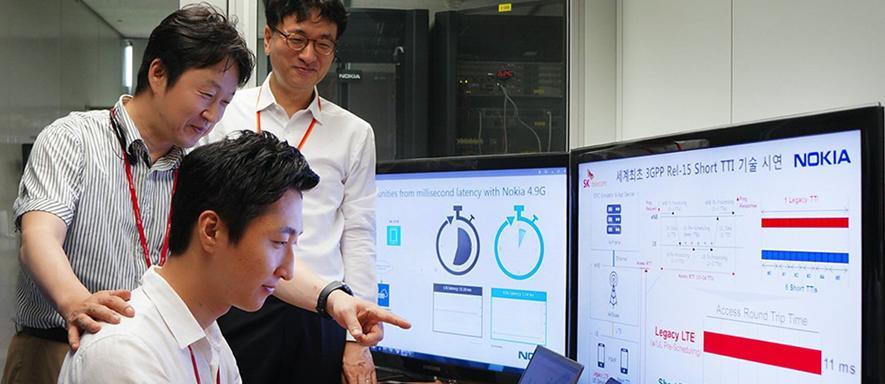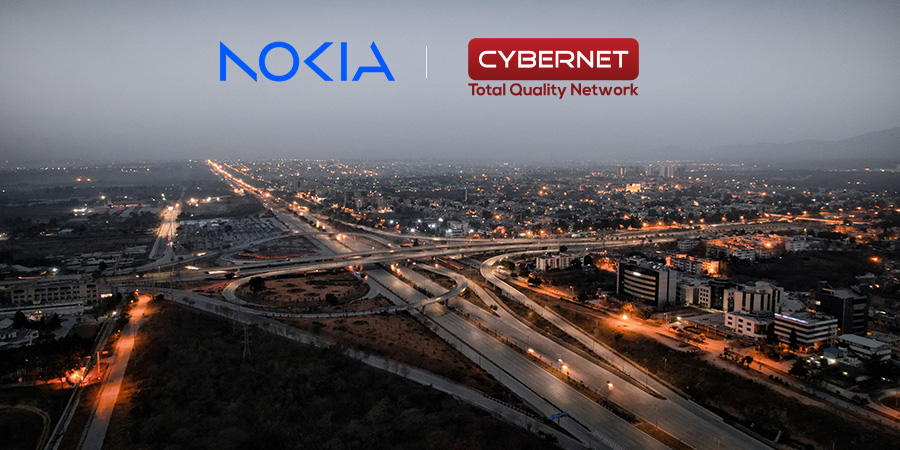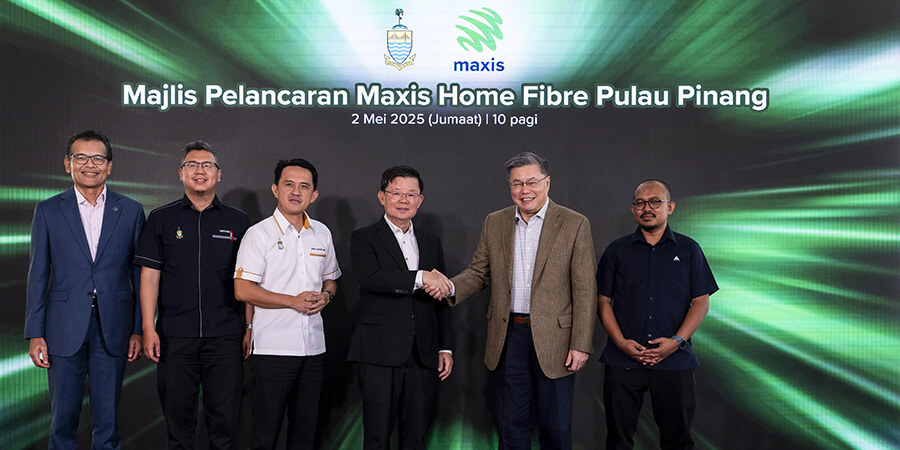South Korean telecom provider SK Telecom and Nokia have successfully reduced latency between handset and base station to 2 milliseconds over SK Telecom’s network, the company announced on September 4.
The International Telecommunication Union (ITU) states that technologies designed for 5G need to deliver a peak rate of up to 20Gbps under ultra-low latency of 1 millisecond. Therefore, with the successful demonstration, SK Telecom moves closer to realizing 5G.
The latency between the handset and base station in the existing LTE environment is around 25 milliseconds, according to SK Telecom. While the round-trip latency of 25 milliseconds can support two-way communication services like remote learning, it is not low enough to seamlessly provide services that require real-time transmission of data such as autonomous driving and telemedicine.
Against this backdrop, the newly developed 2 millisecond latency technology is expected to facilitate the development of diverse real-time services – e.g. autonomous driving, augmented reality (AR) and virtual reality (VR) services – which will become widespread in the 5G era.
For instance, with a latency of 25 milliseconds, upon sending a stop signal to a self-driving vehicle running at 150 kilometers per hour, the vehicle travels about one meter further before it actually begins to decelerate. However, with the 2 millisecond latency technology, the vehicle moves only 8 centimeters before it begins to slow down, which will significantly enhance the overall safety in autonomous driving.
Moreover, the low latency communication technology can support services that require real-time monitoring of remote sites and control of equipment such as disaster relief robot, and will also contribute to the growth of next-generation media services like 360° VR.
SK Telecom and Nokia dramatically reduced the latency between LTE handset and base station by applying Uplink Pre-Scheduling, a technology that enables the handset to immediately transmit data to the base station, and short Transmission Time Interval (TTI), a technology that reduces data transmission time between base station and handset to about 1/7. The companies will continue to work together to reflect the short TTI technology to the 3GPP global standards.
“Low latency technology is essential in realizing 5G services such as autonomous driving, artificial intelligence and virtual reality services,” said Park Jin-hyo, Senior Vice President and Head of Network Technology R&D Center of SK Telecom. “We will continue to improve our low latency technologies to achieve 5G evolution, while applying the latest technologies to our LTE networks to further enhance customer experience.”







